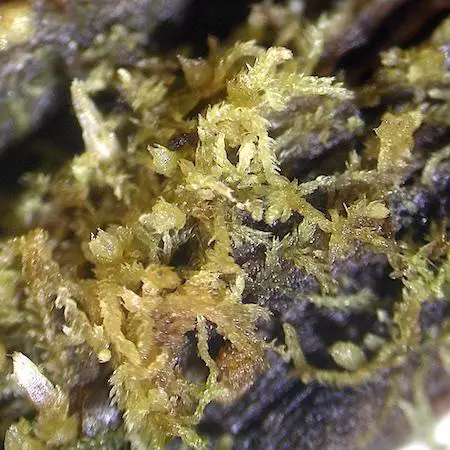
cephalozia_macounii2.jpg from: http://www.luopioistenkasvisto.fi/Sivut/sammalet/hitupihtisammal.html
Exploring the Fascinating World of Cephalozia macounii (Austin) Austin Moss
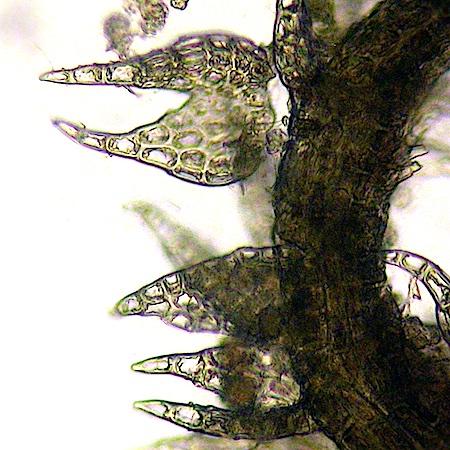
cephalozia_macounii1.jpg from: https://luopioistenkasvisto.fi/Sivut/sammalet/hitupihtisammal.html
Introduction
Mosses are often overlooked, but they play a vital role in many ecosystems around the world. One particularly interesting species is Cephalozia macounii (Austin) Austin, a small but mighty moss in the Cephaloziaceae family. In this blog post, we’ll dive into the details of this fascinating plant, from its morphology and habitat to its ecological importance. Get ready to discover the hidden wonders of Cephalozia!
Background
Cephalozia macounii is a species of leafy liverwort, which are non-vascular plants in the division Marchantiophyta. Liverworts are some of the earliest land plants to evolve over 400 million years ago. There are over 7,000 known species of liverworts found all around the world, from the arctic to the tropics. Cephalozia is a genus containing around 30 species.

cephalozia_macounii-850×500.jpg from: https://www.earth.com/plants/cephalozia-macounii/
Morphology and Identification
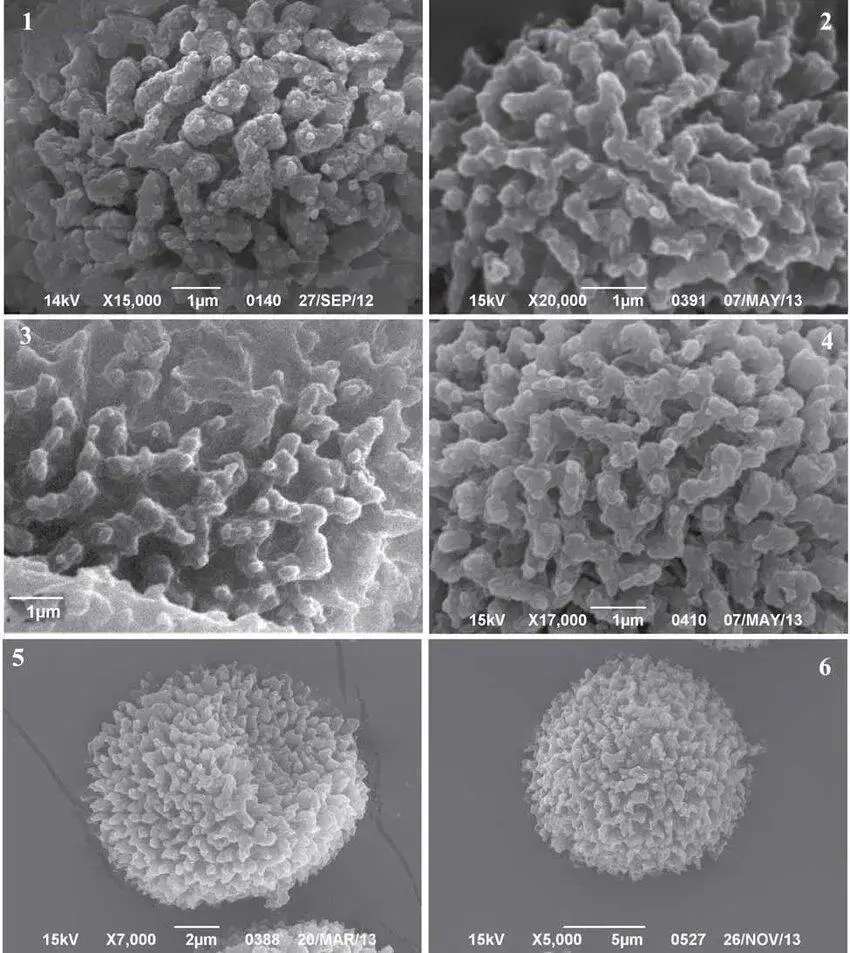
Spore-surface-of-Cephalozia-bicuspidata-1-C-macounii-2-C-loitlesbergeri-3-and.png from: https://www.researchgate.net/figure/Spore-surface-of-Cephalozia-bicuspidata-1-C-macounii-2-C-loitlesbergeri-3-and_fig2_302166884
C. macounii is a tiny moss, with shoots typically only 2-10 mm long. The leaves are succubous (oriented towards the shoot tip), bilobed, and lack underleaves. The leaf cells have thin walls and are longer than wide. Oil bodies are present in all cells.
One of the key identification features is the presence of gemmae, which are asexual reproductive structures. In C. macounii, the gemmae are green to yellow-green, angular, and multicellular. They are produced on the tips of erect, specialized shoots.
Global Distribution and Habitat
Cephalozia macounii has a wide distribution across the Northern Hemisphere. It is found in:
- North America (Canada, USA)
- Europe
- Asia (China, Japan, Korea, Russia)
This tiny moss inhabits a variety of substrates, including:
- Decaying wood
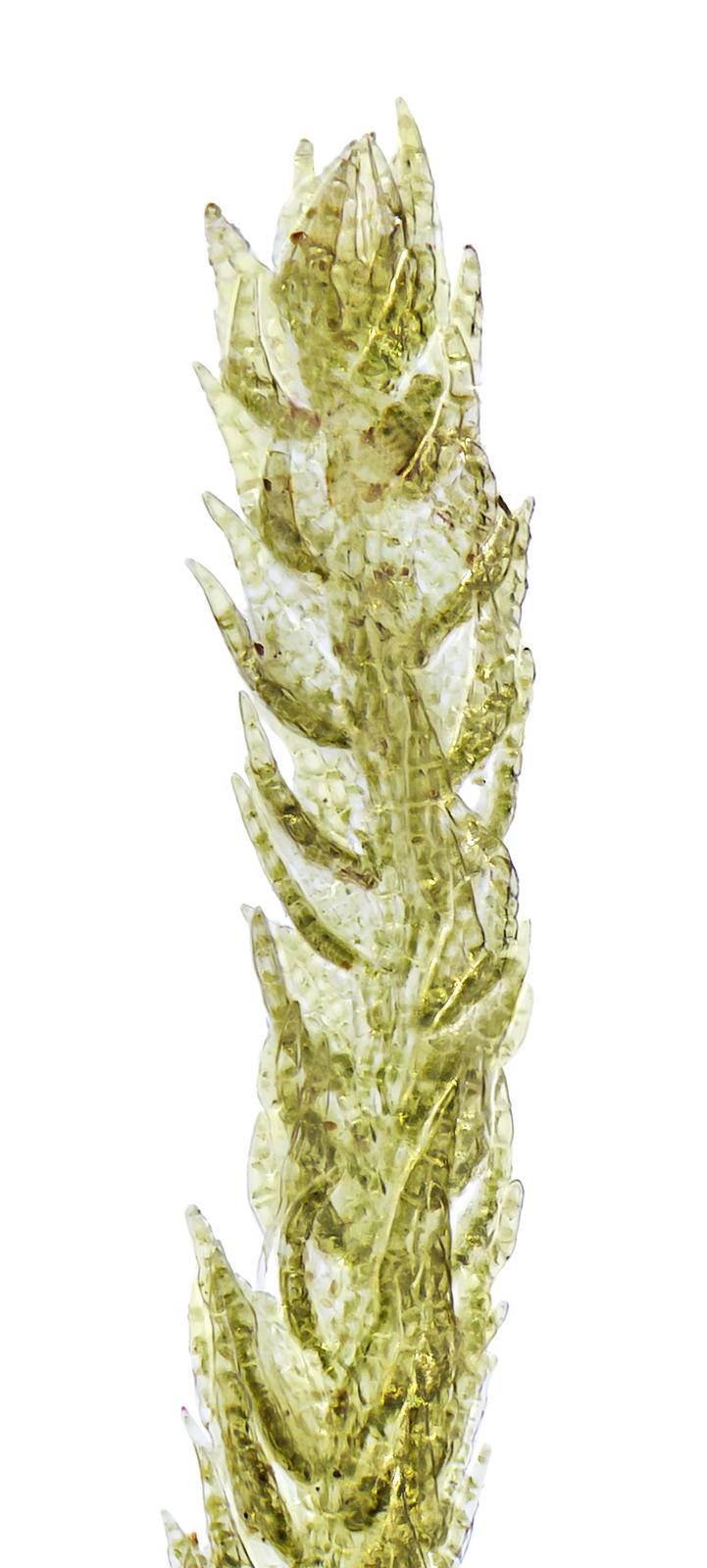
58478_293_5.jpg from: https://artfakta.se/naturvard/taxon/cephalozia-macounii-293
- Peaty soil
- Humus
- Rock crevices
It typically grows in damp, shaded sites in forests, often associated with other bryophytes and fungi. In North America, it is most common in the Pacific Northwest
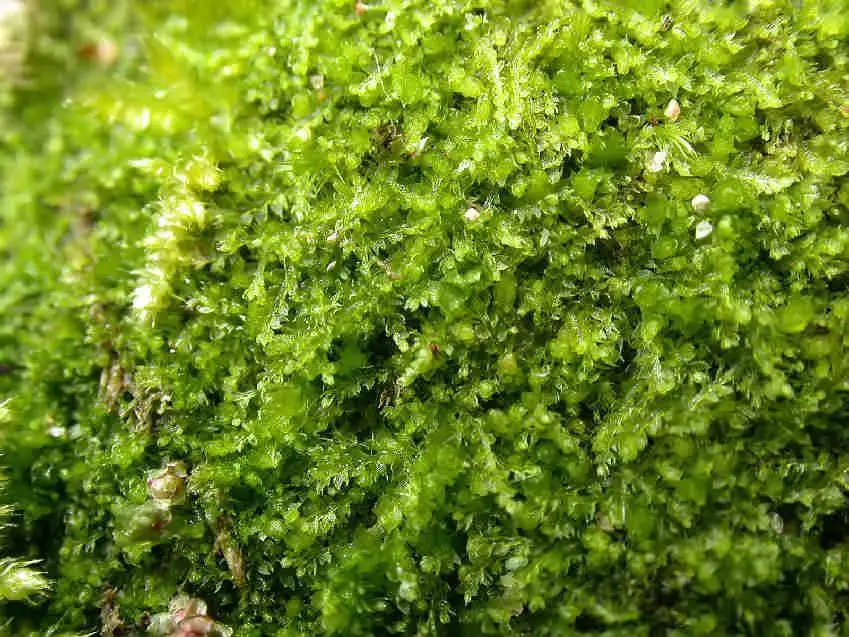
e19f020f9f2d06ec23a5488d2c296d22.jpg from: https://www.pinterest.com/pin/cephalozia-bicuspidata–308637380693938756/
and Appalachian Mountains
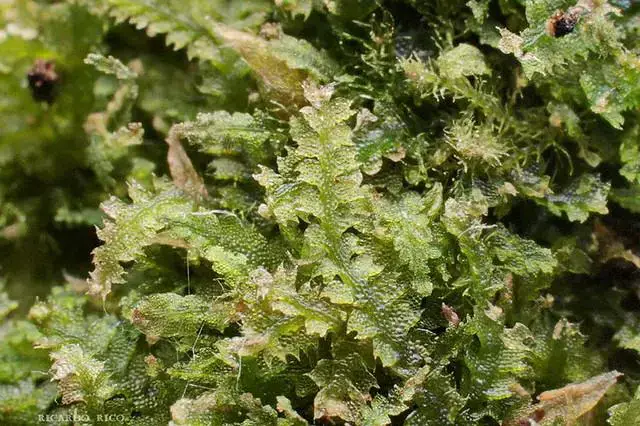
17302882831_72bd89a231_z.jpg from: https://www.flickr.com/photos/r-rico/17302882831/
.
Ecological Roles and Adaptations
Like other mosses,
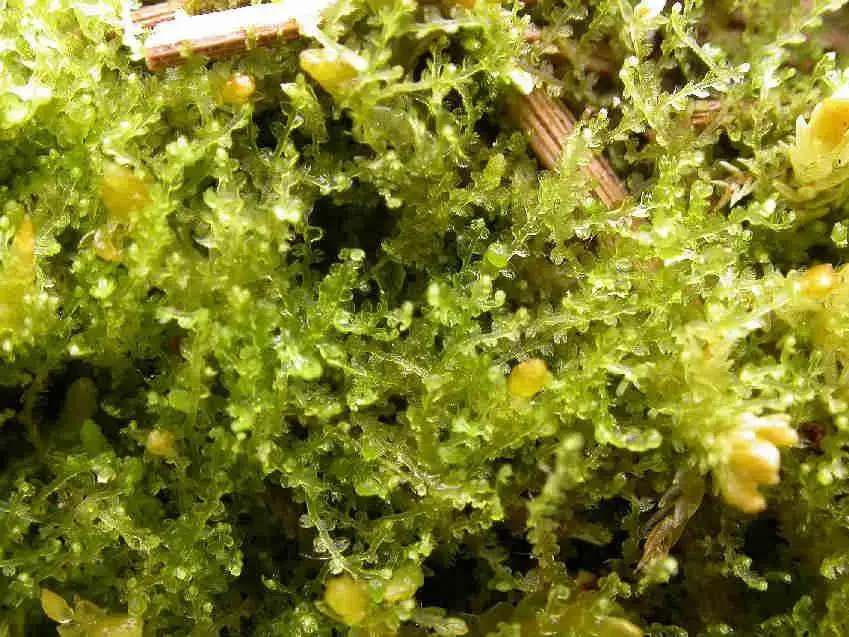
d9f13754084c98e644bd111a3d7f332d.jpg from: https://www.pinterest.co.uk/pin/cephalozia-connivens–308637380693938802/
C. macounii plays several important roles in its ecosystem:
Erosion control – Its dense mats help stabilize soil and prevent erosion.
Water retention – The spongy gametophyte can absorb and slowly release water, regulating moisture in its environment.
Nutrient cycling – As it grows and decays, it helps recycle nutrients like carbon and nitrogen back into the soil.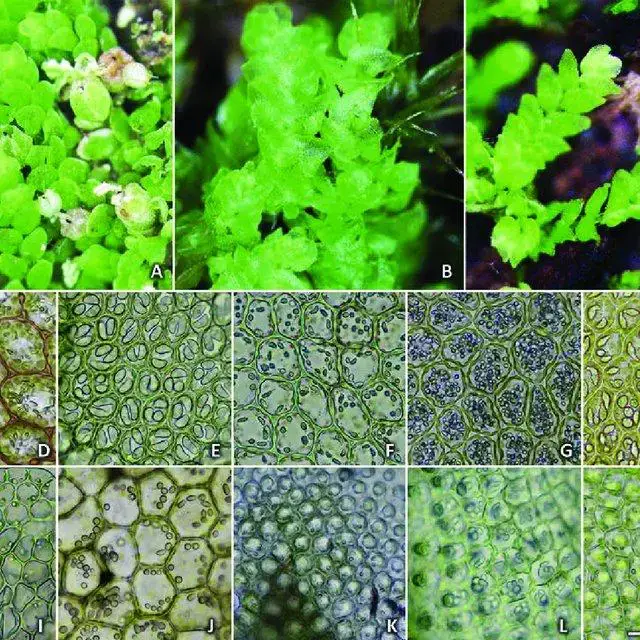
Plant-habits-A—Cololejeunea-macounii-Spruce-A-Evans-Prim-16-36-16_Q640.jpg from: https://www.researchgate.net/figure/Cololejeunea-macounii_fig5_339018942
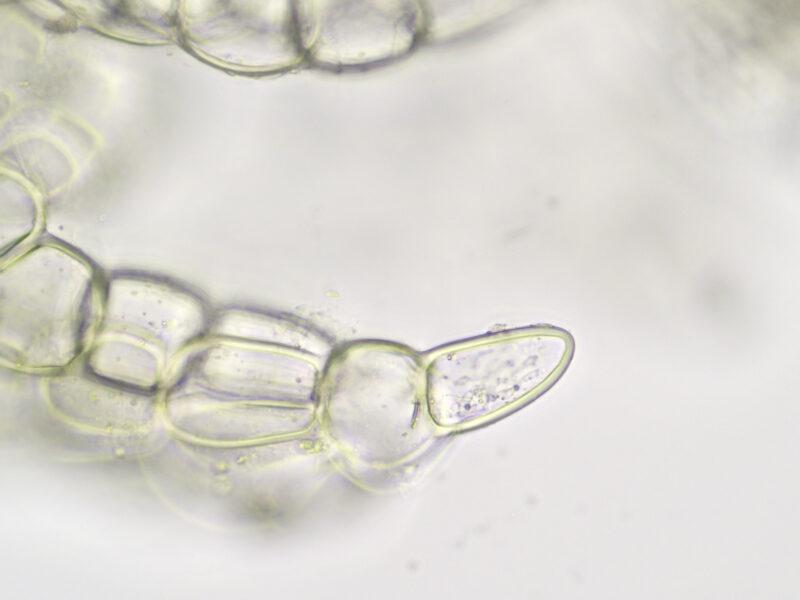
2020-09-16-16-15-17-800×600.jpg from: https://www.britishbryologicalsociety.org.uk/learning/species-finder/cephalozia-pleniceps/
Microhabitats – It provides shelter and food for tiny invertebrates and microorganisms.
C. macounii has several adaptations that allow it to thrive in its niche:
- Small size for growing in crevices
- Gemmae for asexual reproduction and dispersal
- Succubous leaves to funnel water to the stem
- Lack of cuticle for efficient water and nutrient uptake
Conclusion
Cephalozia macounii may be small, but it is a prime example of how even the tiniest organisms can have an outsized impact on the world around them. The next time you’re walking through the woods, take a closer look – you might just spot this marvelous moss! What other miniature marvels are hiding in plain sight?